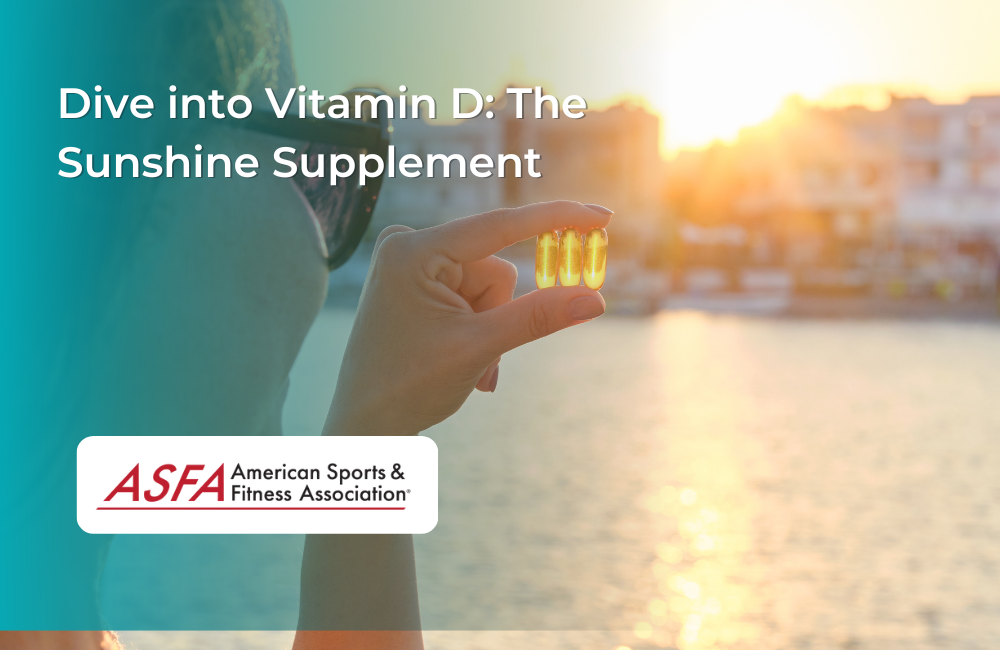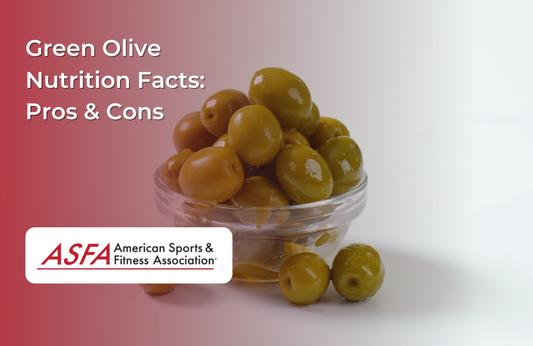Vitamin D is one of the most important vitamins in your body, but you may not know why. Vitamin D plays an essential role in maintaining bone health and overall wellness, and it's also believed to protect against conditions like high blood pressure and even cancer. In this article, we'll explore how vitamin D works in the body, discuss some of its potential benefits—as well as some risks—and explain why you should consider supplementing with this important vitamin if you're not getting enough sun exposure.
What is Vitamin D?
Vitamin D is a fat-soluble vitamin that is essential for healthy bones and muscles. It's also produced in the skin when it is exposed to sunlight. Vitamin D can be found in a variety of foods, including fatty fish like tuna, salmon, mackerel, and sardines; beef liver; egg yolks; cheese (particularly Swiss); fortified milk products such as yogurt or soy milk beverages; cereals/grains (e.g., breakfast cereal) with added vitamins A & D fortified with vitamin A & D respectively.. Research shows that vitamin D may reduce the risk of some cancers (including breast cancer), heart disease, and diabetes mellitus type 2 (a condition where glucose cannot get into cells properly). The recommended daily intake of vitamin D is 600 IU (15 mcg) per day for children up until age 50 years old and then 800 IU thereafter until 70 years old at which point it increases again by 400 IU each year until age 80+ years old when 2000 IU should be consumed daily
How do I get enough vitamin D?
The best way to get enough vitamin D is by getting some sun. Some foods, such as fatty fish and eggs, are also good sources of this nutrient. If you don't get enough vitamin D from the sun or food sources, consider taking supplements.
Vitamin D is stored in the body for several months so even if you don't eat any fortified foods or take supplements during winter months when there's less sunlight available--you'll still have plenty of stored vitamin D in your body by springtime (when more sunlight is available).
In addition to being a good source of vitamin D naturally through exposure to sunlight on bare skin without sunscreen--plants may also contain phytosterols which help our bodies produce their own form of this important nutrient!
Can I consume too much vitamin D?
The answer is yes and no. It's possible to take too much vitamin D, but this is very rare. Vitamin D toxicity, which can cause nausea, vomiting, constipation, and headaches among other symptoms, occurs when you ingest more than 1,000 IU (international units) of supplemental vitamin D per day for several months or years[1]. You won't get too much from food sources because they don't contain anywhere close to that amount of the nutrient (the highest-calorie foods are fortified cereals).
You should still be careful about excessive sun exposure since it can lead to skin damage and cancer; however, you need sun exposure in order for your body to produce enough vitamin D naturally[2]. Make sure you're getting adequate amounts through other means as well so that your skin doesn't become overly sensitive or burned from being out in the sun too long without protection!
If you're concerned about having low blood levels of vitamin D--or if your doctor prescribes supplements--it's important
to get them checked regularly by having blood tests done every six months at most.[3]
What foods contain vitamin D?
Vitamin D is found in a variety of foods and beverages. The following table shows the amount of vitamin D in common sources.
The table below shows how much you need to get from food, supplements, or sunlight (depending on your age). Most people need less than 10 micrograms per day through food intake alone--the amount found in 3 ounces (85 grams) of salmon or 1 cup (250 milliliters) of milk--and much more than that if they don't get enough sun exposure.
The table also lists some popular sunscreen brands along with their SPF rating; SPF ratings can range from 2-50+. It's important to note that higher SPF numbers don't always mean better protection from UV rays; some older products may contain ingredients that degrade over time or react poorly with other chemicals used by companies which makes them less effective than advertised
How much sun exposure is needed to produce adequate levels of vitamin D?
Vitamin D is produced by the body when ultraviolet rays from sunlight hit the skin. The more time you spend in the sun, the more vitamin D is produced.
The amount of UVB exposure needed to produce adequate levels of vitamin D depends on your skin type (fair or dark), time of day, and season; however, it's generally recommended that people get 15 minutes per day with no shirt on during peak hours (10 am-4 pm) for fair-skinned individuals or 20 minutes per day without sunscreen for dark-skinned individuals in summer months.
In general, there are two ways you can get too much sunlight: excessive exposure over long periods of time or unprotected exposure at high altitudes where there's less oxygen available in thinner air. However, if you've been following our tips about how much sun exposure is needed to produce adequate levels of vitamin D then this should not be an issue!
Takeaway:
- Takeaway: Vitamin D is essential for good health, but you can get too much of it.
- The sun's ultraviolet rays trigger the synthesis of vitamin D in your skin, so be careful if you have kidney disease or are on dialysis.
- Sun exposure is the main source of vitamin D for most people; however, many foods are now fortified with this nutrient. Because supplements are not regulated by the FDA as strictly as medications, make sure that any product you take contains at least 1,000 IU per tablet (or 2 capsules) and follow directions carefully when taking multiple supplements at once.
Conclusion
I hope this article has helped you to understand the importance of vitamin D, as well as how to get enough of it. If you're looking for a way to boost your levels without taking supplements or spending time in the sun, try eating more foods rich in vitamin D such as eggs (the yolk), yogurt, or milk. You can also take advantage of any sunshine exposure during the day by walking around outside barefoot!





